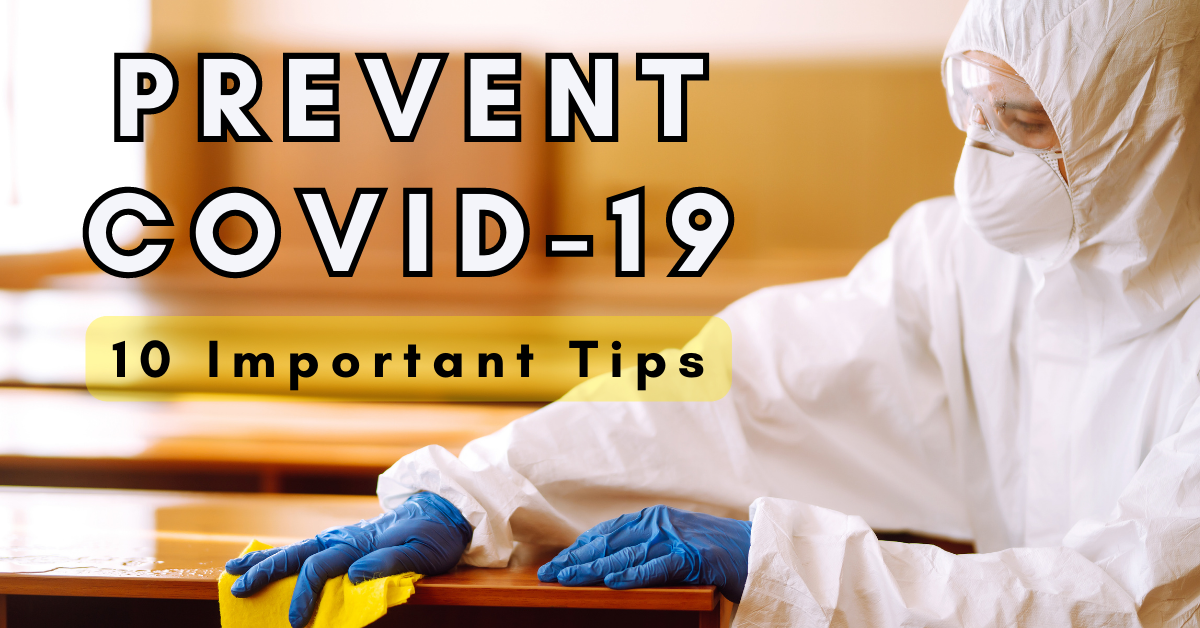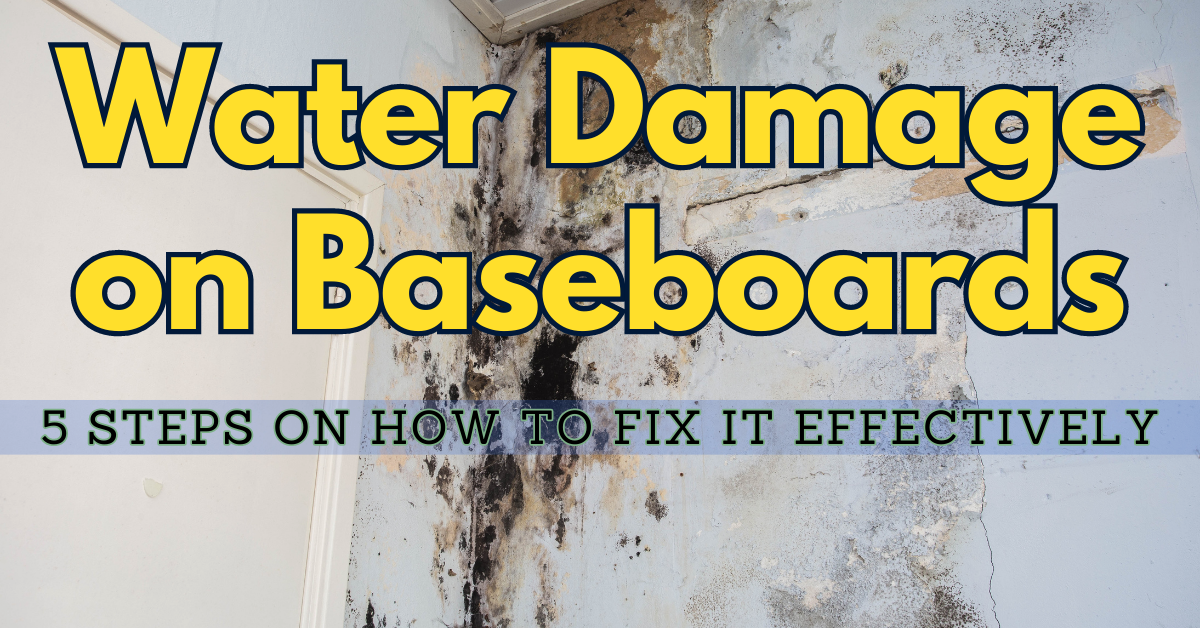Water damage is one of the most common disasters you, homeowners, can experience. According to statistics, water damage is the second most frequently filed insurance claim in the United States. It is important for you to protect your homes from water damage.
Sources of Water Damage
There are different sources of water damage. It is important to recognize the water damage sources to be able to avoid them. Here are the common sources of water damage:
- Broken dishwasher hose
- A washing machine overflow
- A dishwasher leakage
- Broken/leaking pipes
- Floodwaters
- Clogged toilet
Protect Your Homes from Water Damage
Whether you are experiencing slight or immense damage, the effect can be overwhelming for homeowners. It is important to protect your homes from water damage. Here are the lists of things that you, homeowners, can do to protect your homes and properties from water damage.
1. Inspect Your Roof.
The roofs of our house serve as our protection from heat, rain and different calamities. We have to ensure that our roofs can stand severe catastrophes. Inspect your roof regularly before and after storms. Check if there are missing or broken shingles or even large pieces of wreckage. If you notice big damage to your roof, it is always advised to let a professional take care of the damage. This is usually the first thing you could do to protect your homes from water damage.
2. Clean Gutters and Downspout.
Another thing you could do to protect your homes from water damage is through cleaning the gutters and downspout.
Cleaning the gutter and downspout should be down twice a year to avoid blockage. Clean the downspout first. Remove all the large debris like leaves and twigs. After removing the debris, you can clean all the remaining dirt by using a hose. If you prefer, you can also use a gutter cleaning attachment. After cleaning your gutter, it is best to install gutter guards to protect your gutter from debris.
3. Trim the Trees Near Your House.
Large trees have the tendency to be broken when a storm comes. Broken trees can damage your roof or even other parts of the house. Trees may be good to look at and may give us fresh air but can also cause damage.
4. Caulk and Seal Your Windows.
It is important to caulk and seal the windows to prevent water to get inside the house. You can also apply the caulk in other parts of the house such as the bathroom, ceiling fixtures and drains to keep water from flowing in the areas of your home. Here are the steps to follow in applying the caulk.
- Choose the right caulk. Silicone caulk is the best because it is waterproof. Avoid using acrylic caulk because it shrinks and cracks over time which leads to water seepage.
- Clean the surface by removing any old caulk or loose particles. You can use a wet rag to wipe out any remaining debris as caulk cannot stick properly with it and dry the area completely before you start caulking.
- Prepare the tube and seal. Insert the caulk tube into the gun and place the nozzle tip on the spot where you want to start caulking. Keep the pressure steady to control the amount of caulk applied.
- Finally, smooth the seal. You can smooth the seal using your finger or a caulk smoothing tool to even out the bead
5. Check Your Pipes.
Pipes gradually deteriorate, rust and decay over time which results in leaks. It is important to check your pipes once a year to avoid floodwater of raw sewage into your home. Even a small leak could lead to another problem such as mold damage.
6. Test Your Sump Pump.
A sump pump is a homeowner’s protection against flooding. It is the machine installed in the lower part of the basement. Here are the procedures on how to test your sump pumps:
- Examine the pipe itself and its outlet pipe. See whether the pipe has any external damage or clogs. Remove any debris if necessary.
- Check the electrical components, wires, or cords. The cord should be plugged in properly to its functioning outlet.
- Pour a five-gallon bucket with water around the sump pump. Pour the water slowly until the pump kick on and starts to drain the area. If it doesn’t turn on, it may be clogged or damaged.
Conclusion
Prevention is a better and cheaper way to avoid water damage. It is important to protect your homes against water damage so that you don’t need to spend much for the repair. But if water damage persists, it is best to seek help from the professional. They have the best solution to your problem.




